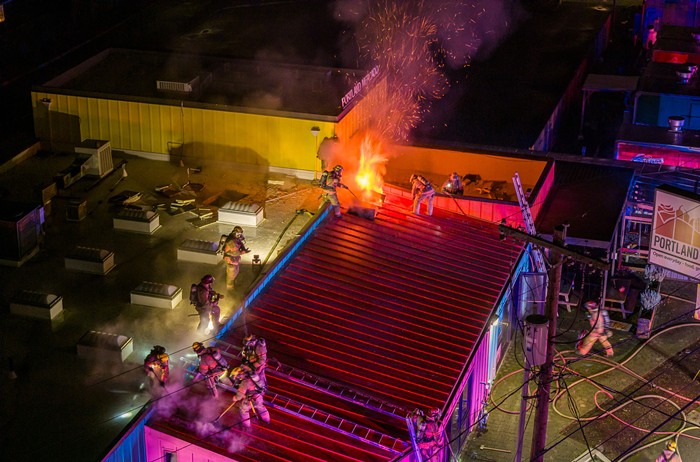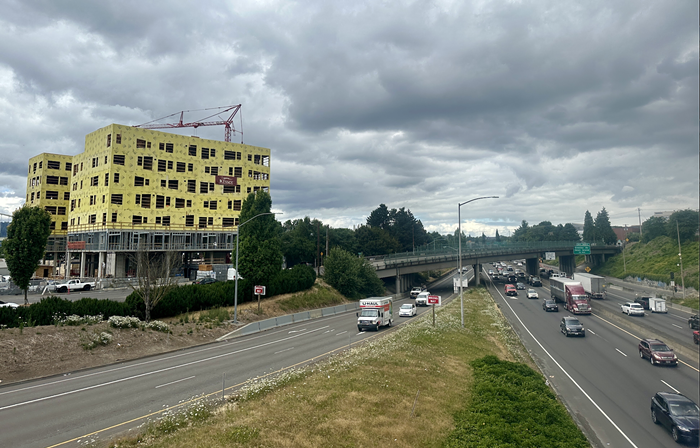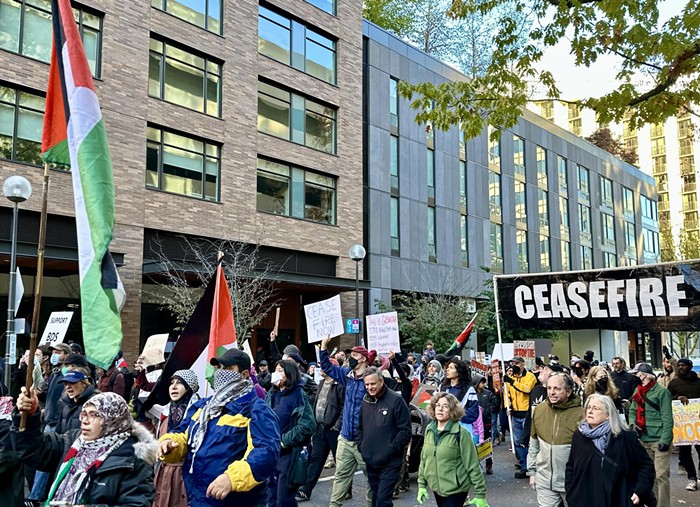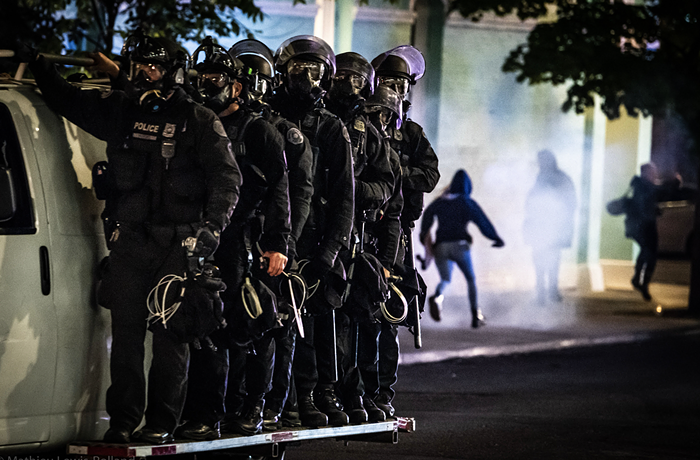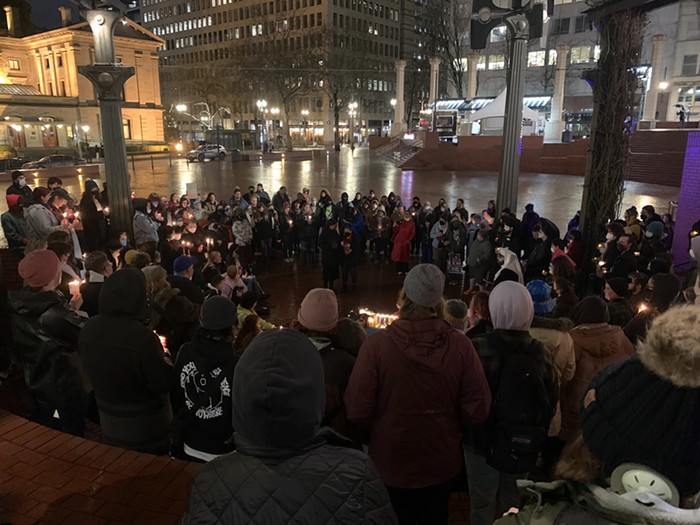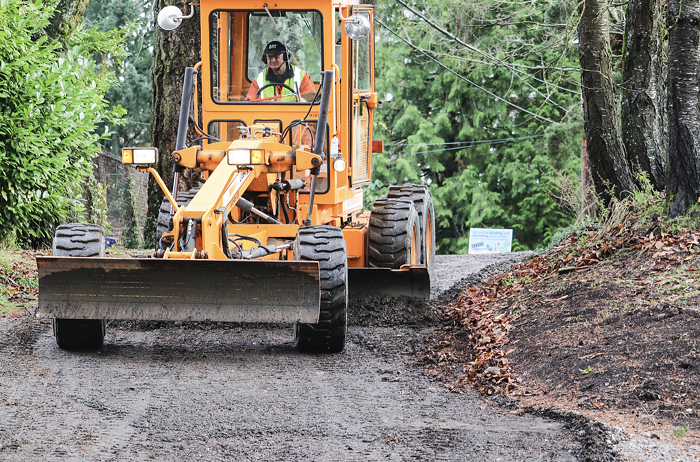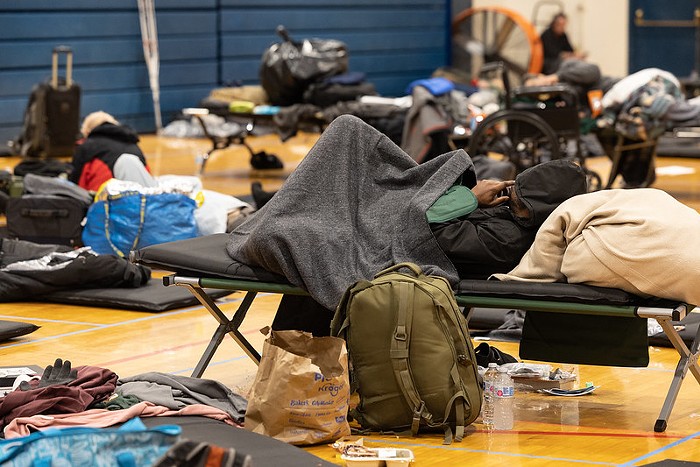
It's been a happy holiday season for the tow truck operators of downtown Portland. Their Santa Claus this year? Old Town's weekly street closures, pushed relentlessly by Mayor Charlie Hales in the face of angry residents and sullen business owners.
Since Hales in October coaxed the Portland City Council to extend the pilot project for another year, the number of vehicles towed from the nascent "entertainment district" has skyrocketed. From the program's impetus on December 28—under then-Mayor Sam Adams— through October 12, 643 vehicles were towed for parking in the area from 10 pm to 3 am on Friday and Saturday nights. In the weeks since, 318 vehicles have been towed, according to figures from the Portland Revenue Bureau—nearly half the tows, in less than a quarter of the time.
Each of those winchings come attached to a minimum $188 fine for hapless motorists. Here's where the Portland Bureau of Transportation says that money goes.

The dramatic rise in tows runs contrary to the mayor's stated goals for the entertainment district—which he says has reduced crime and made for a more welcoming Old Town. While early on in the project trucks snatched more than 50 illegally parked vehicles on some weekends, that number dropped significantly over the summer. City staffers attributed the success to better signage that warned motorists of the nighttime closures. From May through September, the number of tows never exceeded 20, according to PBOT records.
But beginning in October, the number began to shoot up. The weekend after council voted to extend the program, 33 cars were towed—the first time since March the number had broken 30. It's no longer uncommon for tow trucks to snatch 40 cars or more from the "entertainment district" in a single weekend.
Hales' office says it wasn't aware of the change, and has no idea what's behind it.
"It should be status quo," said Chad Stover, a policy assistant in Hales' office and point man on the street closures. "These numbers are high."
Stover said he would check in to whether the Portland Police Bureau, which facilitates the street closures, is still putting out warning signs. If the cops have stopped, he said, that order didn't come from Hales.
"No directive came down," he said. "If there's any change, it needs to be messaged and needs to go through the proper channels."
UPDATE, 4:09 pm: Turns out the police bureau just sort of decided to stop putting out the A-frame signs warning people of impending street closures.
"I guess they used their discretion and thought that maybe we could reduce some of the signs," said Stover. "I think that they just assumed that the message had been delivered for so long."
While Stover said setting up signage can be time consuming, he made clear yesterday it's also something the mayor's office had asked cops to do. Changes to that policy had never been discussed. The police bureau, he said, stopped putting out signs as soon as council extended the program on October 23.
The cops will resume setting up the placards immediately, Stover said.
Original Post: This is the latest twist in what has been a contentious effort. Though the program was conceived under Adams, Hales has consistently championed the street closures, twice convincing his council colleagues to put off an expiration date. That's despite the worries of some Old Town business owners—who say the program hurts sales and make the district seem unwelcoming—and the protestations of residents.
Though Hales eventually convinced the Old Town Chinatown Community Association to sign off on an extension of the closures, it's not blossomed like the mayor hoped. In town hall-style meetings, Hales told neighborhood stakeholders of the "street festival" atmosphere he envisioned in Old Town, with food carts and street seating lining NW 3rd and adjacent streets.
But when the city opened up applications for street-seating, no one bit. And no food carts have moved into the district, though the city says hundreds of gallons of urine were collected in new outdoor urinals purchased for the district.
Hales also hasn't identified a solid source of funding for his project. He mulled an "assessment district," where businesses and residents would kick in to pay for improvements, but no one wanted that. And he toyed with the idea of extending parking meter hours in the area before deciding that wasn't feasible. The money's not likely to come from all the increased tow action, either. The city only scrapes off $32 of each tow.
It's the tow truck operators—three companies are dispatched to swoop down on Old Town—who are thriving off the situation.
Meanwhile, the city is mulling expanding the entertainment zone into something more akin to Austin or Vancouver, BC.
